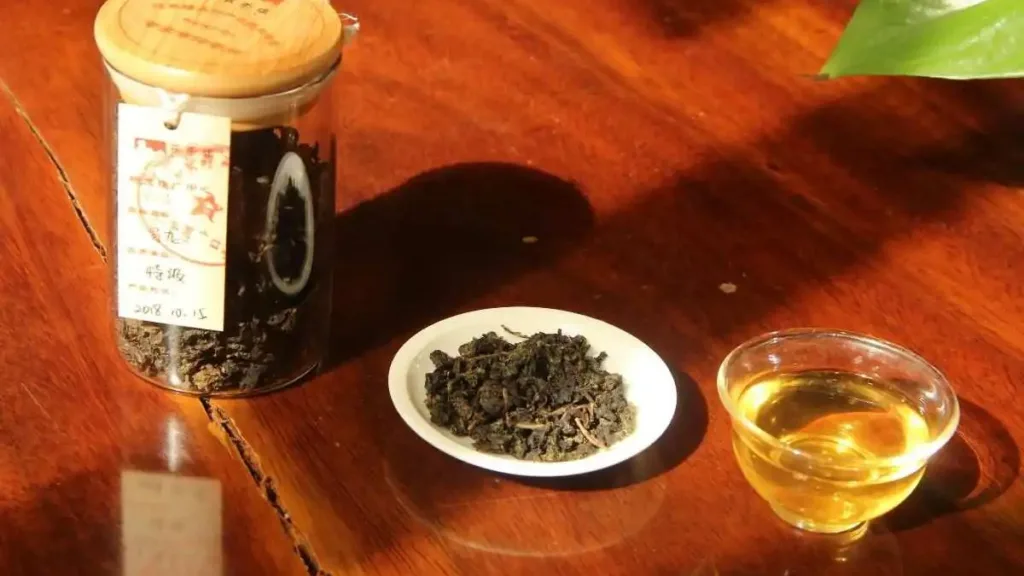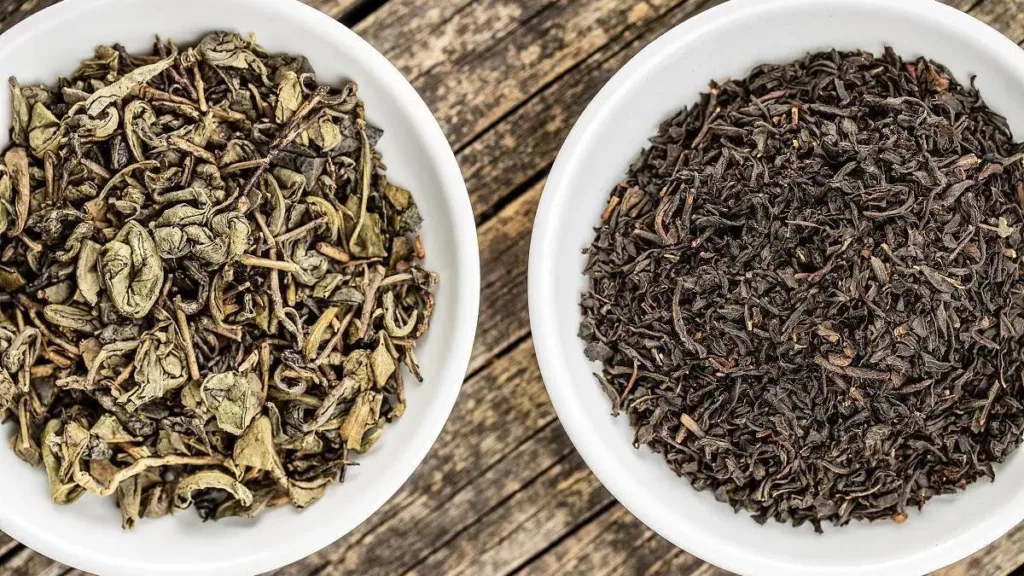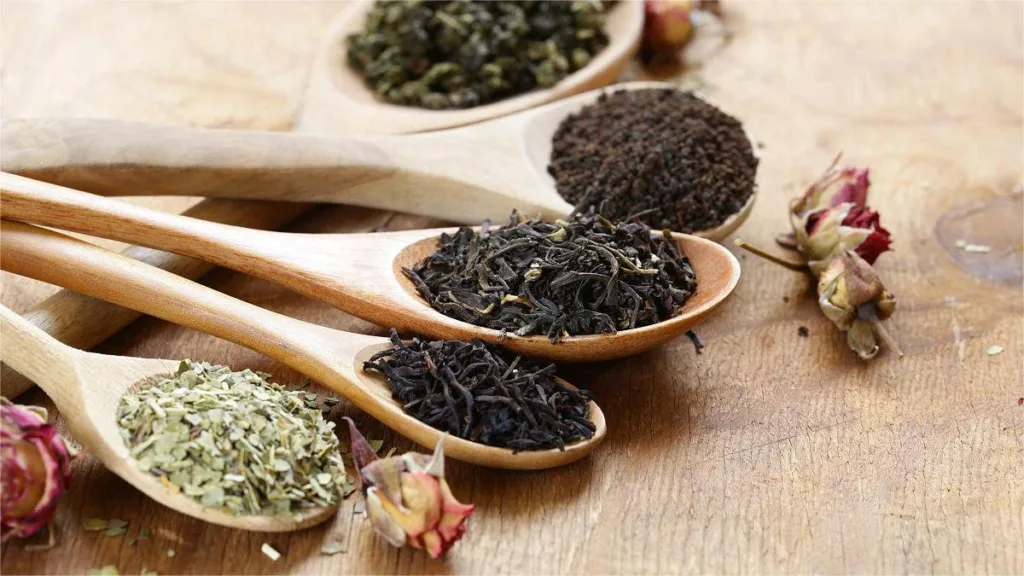Chinese tea culture has a rich history that dates back to ancient times, with its roots firmly established in the Sui and Tang dynasties and flourishing during the Song dynasty. While tea was known and used for its medicinal properties in China long before, the birth and development of tea culture as a distinctive aspect of Chinese life occurred during these pivotal periods.
Before the Sui dynasty, tea was primarily used for medicinal purposes. It was only during the Sui and Tang dynasties that the practice of drinking tea became widespread among the general population, laying the foundation for Chinese tea culture. A significant milestone in this development was the year 780 AD when Lu Yu compiled the “Classic of Tea” (茶经), marking a defining moment in the formation of tea culture during the Sui and Tang dynasties. This comprehensive work encompassed both the natural and humanistic aspects of tea, delving into the art of tea drinking and incorporating Confucian, Taoist, and Buddhist philosophies, thus innovating the spirit of Chinese tea culture. Subsequently, numerous tea books and poems emerged, such as “Tea Description,” “Notes on Brewing Tea,” “Tea Picking Records,” and “Sixteen Soup Recipes.”
The emergence of Tang Dynasty tea culture was closely linked to the rise of Zen Buddhism. Tea, with its refreshing and invigorating properties, became associated with enhancing alertness and clarity of thought. Consequently, tea gained prominence in temples, where tea trees were planted, and elaborate tea rituals were established. The Tang dynasty saw the development of distinct branches of Chinese tea culture, including court tea culture, temple tea ceremonies, and the tea culture of literati.
Moving into the Song dynasty, tea culture continued to thrive, with significant developments in the tea industry and the promotion of tea leaf culture. Among the literati, professional tea societies emerged, such as the “Soup Society” formed by government officials and the “Thousand People Society” among Buddhist practitioners. Emperor Taizu of the Song dynasty, Zhao Kuangyin, was an avid tea enthusiast who established tea-related institutions within the imperial court, introducing a hierarchical system for the consumption of tea. Tea etiquette became formalized, with the act of bestowing tea becoming a crucial means for emperors to win over ministers and express affection to relatives, even extending to foreign envoys.
In the lower strata of society, tea culture manifested in lively and dynamic ways. Social interactions were often accompanied by the exchange of tea, with neighbors presenting tea during relocations, guests being offered “treasure tea,” and specific tea rituals observed during engagements, weddings, and consummation of marriages. The popularization of tea led to the emergence of tea competitions, bringing about a series of changes in the cultivation, processing, and preparation of tea.
In conclusion, Chinese tea culture has a long and intricate history, finding its roots in the medicinal use of tea and evolving into a multifaceted cultural phenomenon during the Sui, Tang, and Song dynasties. The contributions of key figures like Lu Yu and the intertwining of tea with philosophical and religious beliefs played pivotal roles in shaping the rich tapestry of Chinese tea culture that endures to this day.



